Surge in Data Center Demand
The surge in data center demand in South Korea is a pivotal driver for the photonic integrated-circuit market. As businesses increasingly rely on cloud computing and big data analytics, the need for efficient data processing and storage solutions has escalated. Photonic integrated circuits offer superior performance in terms of speed and energy efficiency, making them ideal for data centers. In 2025, the data center market in South Korea is expected to reach a valuation of $5 billion, reflecting a growth rate of around 20% annually. This growth is likely to stimulate investments in photonic technologies, as operators seek to optimize their infrastructure. Consequently, the photonic integrated-circuit market is poised to experience substantial growth, driven by the demand for high-performance computing solutions in data centers.
Growing Focus on Energy Efficiency
The growing focus on energy efficiency in technology is driving the photonic integrated-circuit market in South Korea. As energy costs rise and environmental concerns become more pressing, industries are seeking solutions that minimize energy consumption while maximizing performance. Photonic integrated circuits are known for their low power requirements and high efficiency, making them an attractive option for various applications. In 2025, the energy-efficient technology market is expected to grow by 18%, indicating a strong trend towards sustainable solutions. This shift is likely to encourage the adoption of photonic integrated circuits, as they align with the goals of reducing carbon footprints and enhancing operational efficiency. The photonic integrated-circuit market is thus well-positioned to capitalize on this growing emphasis on energy efficiency.
Increased Investment in Research and Development
Increased investment in research and development (R&D) within South Korea is a crucial driver for the photonic integrated-circuit market. The government and private sector are allocating significant resources to advance photonic technologies, aiming to maintain a competitive edge in the global market. As of 2025, R&D spending in the photonics sector is projected to rise by 30%, fostering innovation and the development of new applications. This investment is likely to lead to breakthroughs in photonic integrated circuits, enhancing their performance and expanding their applicability across various industries. The photonic integrated-circuit market stands to benefit from these advancements, as new technologies emerge that can address the evolving needs of consumers and businesses alike.
Advancements in Telecommunications Infrastructure
The ongoing advancements in telecommunications infrastructure in South Korea are driving the photonic integrated-circuit market. With the increasing demand for high-speed internet and data transmission, the need for efficient photonic solutions is becoming more pronounced. The government has invested heavily in expanding fiber-optic networks, which are essential for supporting the growing data traffic. As of 2025, the telecommunications sector is projected to grow by approximately 15%, further propelling the adoption of photonic integrated circuits. These circuits enable faster data processing and transmission, making them crucial for telecommunications providers aiming to enhance service quality. The photonic integrated-circuit market is thus positioned to benefit significantly from these infrastructural developments, as they facilitate the integration of advanced photonic technologies into existing systems.
Emergence of Artificial Intelligence Applications
The emergence of artificial intelligence (AI) applications in various sectors is significantly influencing the photonic integrated-circuit market. AI technologies require advanced processing capabilities, which photonic integrated circuits can provide due to their high-speed data handling and low latency. Industries such as healthcare, automotive, and finance are increasingly adopting AI solutions, leading to a projected market growth of 25% in AI-related technologies by 2025. This trend is likely to create a substantial demand for photonic integrated circuits, as they are essential for developing AI systems that require rapid data processing and real-time analytics. The integration of photonic technologies into AI applications may enhance performance and efficiency, thereby driving the growth of the photonic integrated-circuit market.

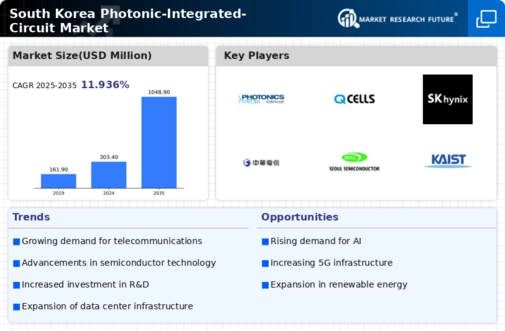
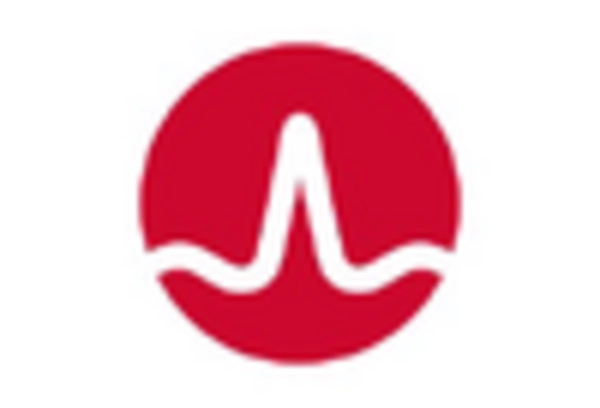

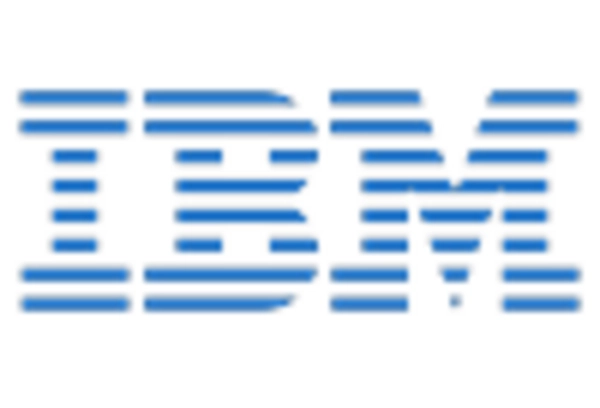
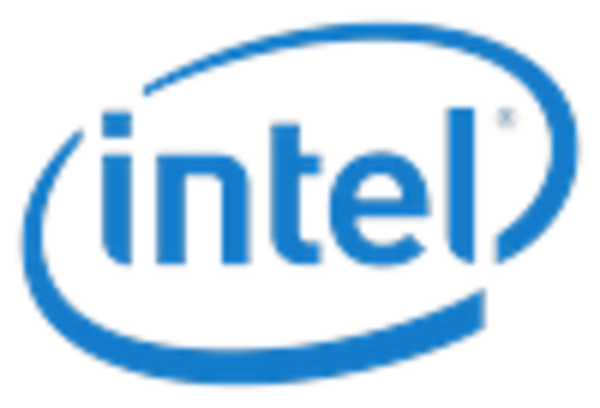
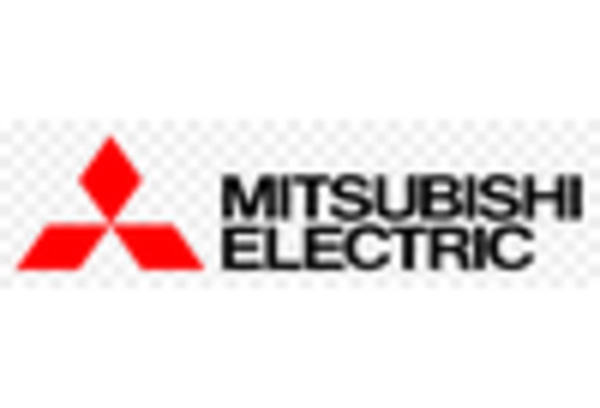
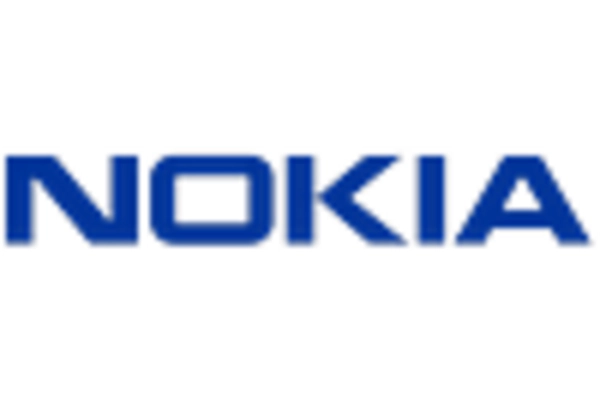








Leave a Comment